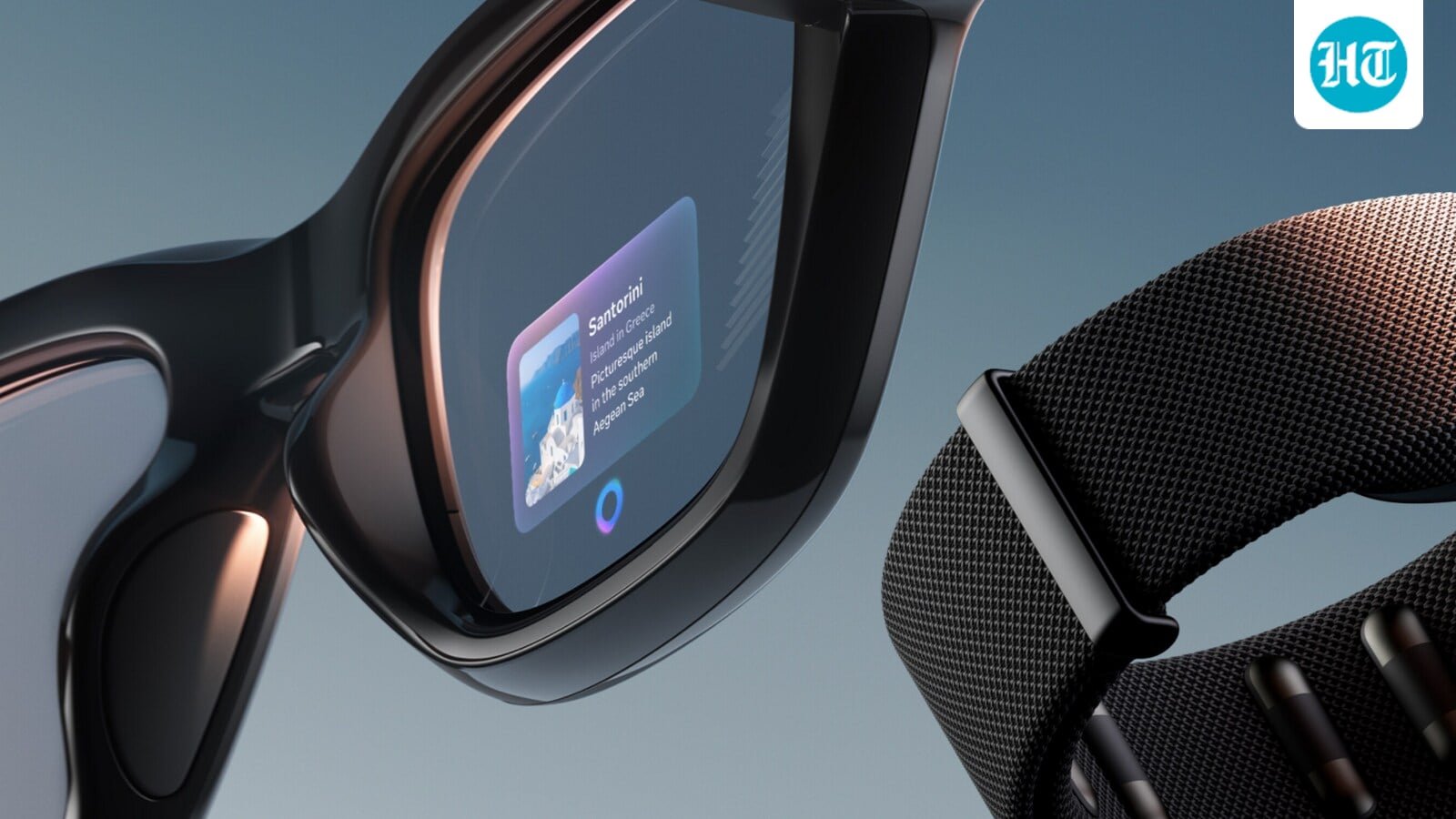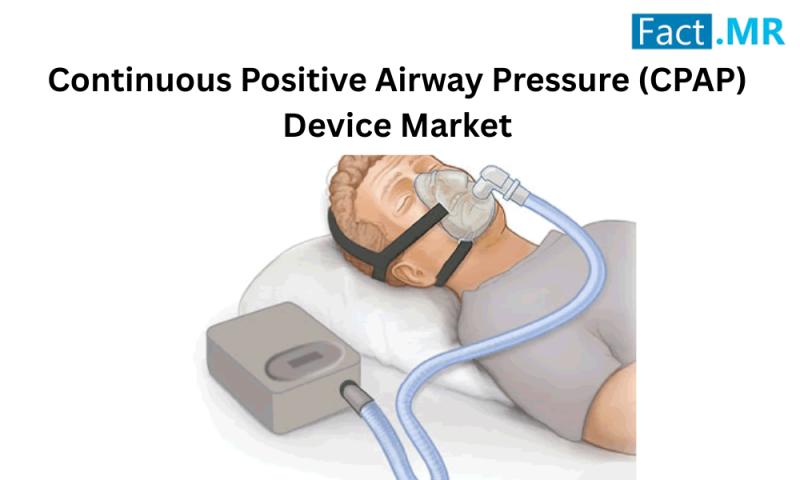Summary
A wearable device called a-Heal, designed by engineers at the University of California, Santa Cruz, aims to help people heal wounds faster.Wound healing typically involves several stages: clotting, immune response, scabbing, and scarring. The system uses a tiny camera and AI to detect the stage of…
Source: KSBW

AI News Q&A (Free Content)
Q1: What is the primary function of the a-Heal wearable device developed by engineers at UC Santa Cruz?
A1: The a-Heal wearable device is designed to accelerate wound healing by utilizing a tiny camera and artificial intelligence to detect the stage of wound healing. It provides users with real-time feedback to optimize the healing process.
Q2: How does the WoundAIssist mobile application complement traditional wound care?
A2: WoundAIssist supports traditional wound care by allowing patients to document wounds at home using photographs and questionnaires, while enabling physicians to monitor progress remotely through video consultations. It integrates a deep learning model for wound segmentation to assist in continuous monitoring.
Q3: What innovative feature does the Multi-Analyte, Swab-based Automated Wound Monitor offer for diabetic foot ulcers?
A3: This device utilizes 3D printed assays on swabs to identify non-healing diabetic foot ulcers early. It incorporates a mobile application for controlled data acquisition and automated analysis, aiding healthcare professionals in real-time monitoring and assessment.
Q4: How do hydrogel-based wearables contribute to intelligent wound care?
A4: Hydrogel-based wearables provide a multifunctional platform that integrates real-time monitoring and targeted therapy. They dynamically adapt treatments to wound microenvironments, merging diagnostics and therapeutics for advanced wound management.
Q5: What are the potential benefits of using AI in wound care, as seen in the Multi-modal wound classification study?
A5: AI enhances wound care by facilitating effective diagnosis through wound image analysis and location data. This approach improves clinical outcomes by addressing infections and peripheral vascular disease, which are critical in managing acute wounds.
Q6: What challenges are associated with the clinical application of hydrogel-based wound monitoring devices?
A6: Challenges include engineering fabrication complexities and ensuring the devices' adaptability to diverse clinical settings. Despite these challenges, advancements in AI and 3D-bioprinted technology hold promise for enhancing intelligent wound management.
Q7: How do composite stimuli-responsive hydrogels improve wound healing applications?
A7: These hydrogels respond to specific stimuli such as pH, temperature, and enzyme activity, allowing precise regulation of drug release and antimicrobial activity. They offer dynamic and controllable responses, addressing the diverse needs of wound healing.
References:
- WoundAIssist: A Patient-Centered Mobile App for AI-Assisted Wound Care With Physicians in the Loop
- Multi-Analyte, Swab-based Automated Wound Monitor with AI
- Towards Intelligent Wound Care: Hydrogel-Based Wearable Monitoring and Therapeutic Platforms
- Advances in Composite Stimuli-Responsive Hydrogels for Wound Healing: Mechanisms and Applications



